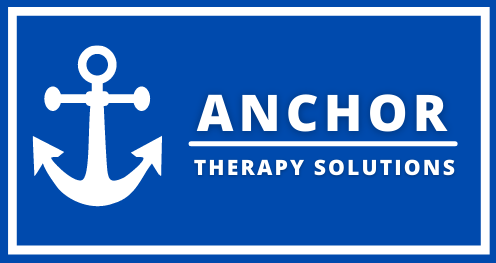Pain Management
What is an occupational therapist’s role in pain management?
Occupational Therapists address the areas of your life that affect chronic pain using a biopsychosocial approach and explore adaptive and compensatory strategies you can use to minimize the impact of your disease. Clinical guidelines for chronic pain include both pharmacological and non-pharmacological approaches. They offer a wide range of pain management interventions in all areas of physical, emotional, spiritual and professional performance and have the knowledge, skills and expertise to address the management of all diagnoses and its complexity on an individual, client, community and political level.
While biomedical health models promote technology-oriented practices, occupational practices emphasize the use of occupations to address the occupational consequences of various disorders and illnesses. Occupational therapists make a unique contribution to pain prevention and management due to their overarching holistic focus on work performance and professional commitment.
Occupational therapy education focuses on pain aims to produce expert occupational therapists who are able to work with clients with chronic pain in order to identify and address the effects of pain experiences on their work performance and participation in meaningful everyday activities. Occupational therapists are aware of the physiological, psychosocial and ecological components of the experience of pain. Fundamental concepts of the complexity of pain, including the way pain is observed and evaluated, collaborative approaches to treatment options and the application of pain competencies throughout the life span in the context of different attitudes, populations and models of care teams. [Source: 8]
Understanding the specificity of occupational therapists results from a bottom-up approach to interventions that is presented to the press. The occupational therapist bears professional responsibility for clients with pain and their pain-related loss of function: an understanding and explanatory model of pain over the entire lifespan. This paper investigates the natural physiological mechanisms that reduce pain perception. [Sources: 5, 7, 8]
For example, a client with chronic pain who carries out work-conditioning measures at his workplace with an occupational therapist can carry out occupational interventions (Fig. Adaptive technology and complete occupational training (American Occupational Therapy Association, 2008b). This type of treatment can help you if you have pain, injury, illness or disabilities that make it difficult to do your job, do school work, take care of yourself, do chores, exercise or participate in activities. [Sources: 1, 4]
A study in the Netherlands that was exploring chronic pain experience found that occupational therapy intervention provided increase in daily professional performance and decrease in pain. The focus was on occupational therapy as a pain-relieving intervention for clients. ADL (Activities of Daily Living) COPM (Canadian Occupational Performance Measure) CP (chronic pain), CRPs (complex regional pain syndrome), FM (fibromyalgia), LBP (back pain) and OT (occupational therapy). [Sources: 4, 5]
Occupational therapists in chronic pain management are well suited for different roles and education for patients, caregivers for long term carry over.
Anchor Therapy Solutions, PLLC will be able to provide expert pain management interventions for people with chronic pain, post-surgical pain and beyond.
Sources:
[0]: https://www.ncbi.nlm.nih.gov/pmc/articles/PMC6260403/
[1]: https://www.webmd.com/pain-management/occupational-rehab
[2]: https://chan.usc.edu/patient-care/faculty-practice/pain-management
[3]: https://www.sciencedirect.com/science/article/pii/S1472029916300820
[4]: https://www.pharmacologicalsciences.us/pain-management-2/occupational-therapy-interventions.html
[5]: https://www.hindawi.com/journals/prm/2018/5378451/
[6]: https://www.researchgate.net/publication/305761560_The_role_of_occupational_therapy_in_pain_management
[7]: https://ajot.aota.org/article.aspx?articleid=1881605
[8]: http://www.iasp-pain.org/Education/CurriculumDetail.aspx?ItemNumber=7069


